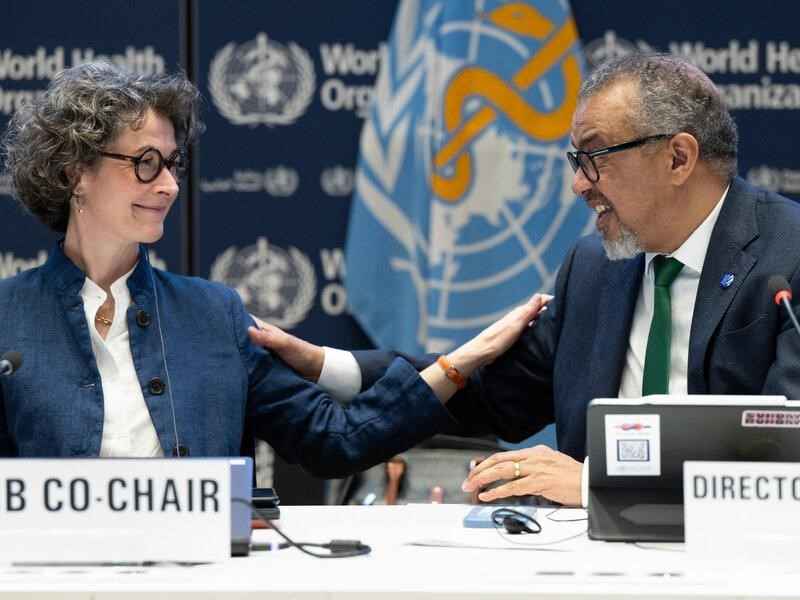Global Pandemic Treaty Draft Finalized Without USA
Global Pandemic Treaty Draft Finalized Without USA
Why in the News ?
The World Health Organization (WHO) member states have agreed on a draft global pandemic treaty after over three years of negotiations. The treaty aims to improve preparedness for future pandemics but faces criticism for limited enforcement powers and U.S. absence.
Need for a Global Pandemic Treaty:
- The COVID-19 pandemic exposed major inequities in vaccine access, with rich countries hoarding supplies while poorer nations lacked doses.
- WHO’s Independent Panel blamed poor coordination, inequality, and weak preparedness for the crisis.
- Over 7 million deaths and studies show over a million lives could’ve been saved with fairer vaccine sharing.
- Talks began in December 2021, resulting in a historic draft after 13 negotiation rounds.
Key Features of the Draft Treaty:
- Proposes a “pathogen access and benefit-sharing” system to promote equitable distribution of vaccines and treatments.
- Manufacturers must allocate 10% of their output to WHO and another 10% at affordable rates.
- Encourages technology transfer and support for local manufacturing in developing countries.
- Governments must ensure publicly funded research ensures timely, equitable access to medicines during pandemics.
- Seen as a way for governments to intervene if life-saving drugs are unaffordable or unavailable.
Shortcomings and Challenges Ahead
- The treaty does not empower WHO to enforce compliance or dictate national pandemic responses.
- Lacks authority over travel bans, lockdowns, or mandates.
- Operational clarity on the benefit-sharing system is still missing.
- The S. has not joined, weakening the agreement due to its global pharmaceutical influence.
- Experts fear pharma hesitance and treaty ineffectiveness in real crises.
About the World Pandemic Treaty (WPT):● What it is: ● Developed by: ● Aim: ● Key Features: ○ Establishes pathogen access and benefit-sharing mechanisms. ○ Strengthens global supply chains and logistics during health emergencies. ○ Promotes technology and knowledge transfer for vaccines, diagnostics, and therapeutics. ○ Supports a skilled global health workforce and decentralized R&D. ○ Upholds national sovereignty — WHO cannot mandate lockdowns, travel bans, or vaccinations. About the World Health Organization (WHO): ● Established in: 1948 as a UN specialized agency for international public health. ● Headquarters: Geneva, Switzerland. ● Core Objectives: ○ Achieve universal health coverage. ○ Respond to disease outbreaks and ensure global health security. ○ Assist nations in health policy and system development. ● Governance Structure: ○ World Health Assembly (WHA): Main decision-making body; meets annually. ○ Secretariat: Led by the Director-General; implements WHA directives. ○ Regional Offices: Six globally, including SE Asia and Africa. ● Funding: ○ Assessed contributions: Mandatory member dues. ○ Voluntary contributions: Donations from countries, UN, private sector, philanthropies. |





